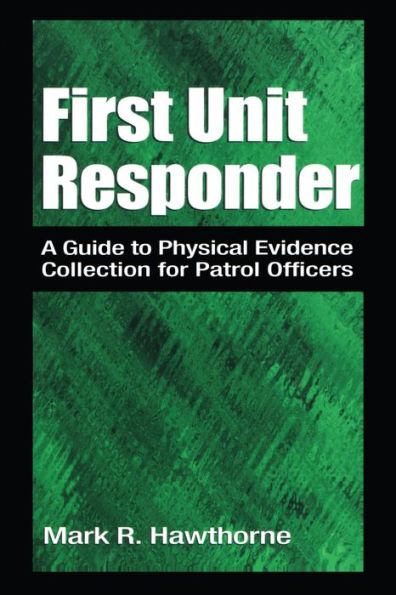Table of Contents
Role of the First Unit Responder, Defining Physical Evidence, Importance of Physical Evidence, Characteristics of Evidence, The First Unit Responder and the Crime Scene, "The Process" of Acronym "ARISN" When Handling a Crime Scene, Maintaining the Integrity of the Scene, Major/Non-Major Scenes Defined, Indoor/Outdoor Scenes, Death Case Observations, Identifying and Documenting the Evidence, Categories and Types of Evidence, Uses of, Physical Evidence, Chain of Custody, Documenting the Evidence, Photographs, Sketches, Collecting the Evidence, Most Commonly Encountered Evidence and Packaging, Clothing, Hair, Fibers, Firearms, Bullets and Cartridge Casings, Gunshot Residue, Other Weapons, Questioned Documents, Money, Jewelry, Chemical Evidence, Suspected Drugs/Narcotics, Miscellaneous Items, Latent Fingerprints - A.F.I.S., Blood, Vehicles, Fingerprints and the Crime, Victim Interaction, Categories of Fingerprints, Identifiable vs. Usable Latents, A.F.I.S. Quality Latents, Determining Likelihood of the Presence of Latents, Hand Covering during the Crime, Point of Entry (POE), Latent Fingerprint Collection, Latent Fingerprint Development Techniques, Case Preparation/Courtroom Testimony, Case Review by Officer, Direct Examination, A.D.A. Conference, Rules of Discovery, Court Attire, Stages of Court, Appearance, Introduction, Body/Introduction of Evidence, DIrect/Cross Examination, Closing/Rebuttal, Follow-Up by Officer



